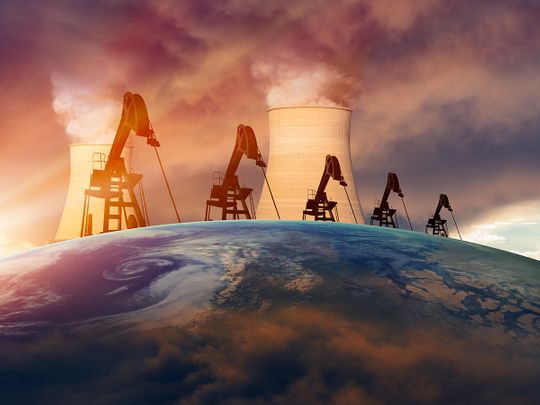
The energy consequences of a geopolitical crisis in Europe have reverberated around the world, reminding many of just how stabilizing (or de-stabilizing) the geopolitics of energy value chains can be. The ripple effects and lessons learned from this crisis will extend well beyond the current geopolitical moment.
Policymakers and industry leaders would do well to adjust to a ‘new normal’ of the geopolitics of energy – one that rewards reliable value chains. Prior to February 2022, prevailing wisdom prescribed that the relative fungibility of energy resources meant that so long as supply reasonably outpaced demand, security of supply was well in-hand, especially if energy imports were composed of a diverse group of suppliers.
Russia’s conflict with Ukraine and the subsequent response from the West to isolate Moscow by restricting its access to the European energy market has turned that thinking on its head. Irrespective of the effectiveness of Western sanctions policies to reduce – and eventually eliminate – the share of Russian gas in Europe’s energy mix - or to establish a price cap on Russian oil and ban Russian refined products, such as diesel - are illustrative of a shift in the thinking of energy consumers that is expediting adjustments to energy value chains in the name of reliability, resiliency, or other political ends.
Not an energy ‘de-coupling, but…
Are we witnessing energy ‘de-coupling’? No, but the intense scrutiny of energy value chains quickly becomes an exercise in partner-management. Europe’s decision to adjust natural gas value chains away from Russia was immediately followed by closer alignment with US LNG production.
Washington has looked to Doha as a partner in building resiliency across global gas markets through additional supplies, while being quick to judge decisions by OPEC+ to tighten oil production as an implicitly pro-Russia decision. Moscow, meanwhile, has responded to the possibility of restricted access to Europe for oil sales by turning to India and China as possible outlets.
Importantly, these changes in the oil and gas sector are being mirrored in the emerging supply chains for renewable energy technologies. Policymakers are quick to highlight the concentration of the mineral supply chain in relatively few countries compared to the number of conventional oil and gas producers. And themes of supply chain access, security, and resiliency are becoming features of the energy transition as demand growth begins to outpace legacy supplies.
Access, control, of energy supply chains
With economic leadership at stake given the market potential of EVs, batteries, hydrogen, and a host of other clean energy technologies, the similarly dire national security concerns that triggered a re-think of hydrocarbon value chains following the Russia attack have arrived much earlier.
As a result, energy transition value chains are equally – if not more – fraught with geopolitical fault lines. China remains arguably the dominant geopolitical foe of the US, yet nearly all mineral supply chains pass through it at one point or another.
Concerns around governance or sustainability further shape how countries think about an ‘acceptable’ level of supply chain resiliency. Transition-minded countries have responded in kind. A host of countries have already signed up to the Minerals Security Partnership (MSP) – a group organized by the US that is focused on mineral supply chain resiliency and sustainability.
The European Battery Alliance has organized the continent around a pan-European battery value chain. The Inflation Reduction Act goes as far as setting conditions for EV incentives, which rely on localization - or ‘friend-shoring’ - of supply chains, while specifically delineating Russia and China as unacceptable points of origin for minerals and materials.
More intense competition
As global dependence on mineral supply chains grows in response to clean energy deployment and climate action, the geopolitical intensity of these supply chains is poised to increase.
The past year experienced a major uptick in geopolitical disruptions impacting the energy system. Through that chaos, however, a value chain-driven energy system is beginning to emerge. Oil and gas consumers are notably focused on scrutinizing their supply chains and that is beginning to permeate renewable energy supply chains as well.
So, while geopolitical risk has long been a temporary energy disruptor, the past year has set us on a trend-line where geopolitical tensions are now the context under which energy policy is set – whether that’s oil, gas, or renewables.
It's a new normal in energy markets. A decidedly more challenging normal, to be sure.













